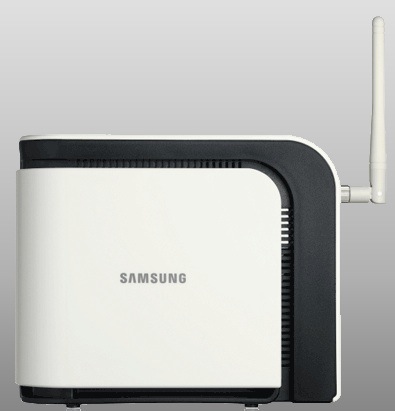Contributed by: filbert Wednesday, July 30 2008 @ 09:33 AM CST
Sprint AIRAVE™ is a device that creates a CDMA signal for your mobile phone (like a miniature cell tower). AIRAVE provides enhanced and reliable mobile phone coverage in your house or office even if your existing wireless coverage is poor.
 |
Hmm, again. Another way for Sprint to extract money out of customers. Skimp on your nationwide network coverage, then sell folks a do-it-yourself cell tower. Genius!
Update: Ars Technica’s[*2] take:
The potential advantages of the service are obvious, but Sprint isn’t exactly giving it away. The Airave unit itself is $99.99 and must be activated when purchased. Customers must also pay a monthly Airave enhanced coverage charge ($4.99), and purchase an Airave plan ($10-20 per month, depending on your plan). The total monthly cost of Airave should run $15-25 before taxes and fees. $15 isn’t much, considering you’re buying cellular service for an area that (presumably) lacked it, but it’s extremely ironic that Sprint is charging users for the dubious privilege of providing their own backhaul.
. . .
Paying for the right to backhaul over one’s personal Internet connection isn’t a great deal for consumers, but the benefits of femtocells could easily erase the negatives, especially when it comes to providing coverage in hard-to-reach areas. Deployed en masse, these miniature towers could offer truly ubiquitous coverage, and make random dead zones a thing of the past.
